JASON MULLIGAN April 20, 2022 All Feature Vehicles
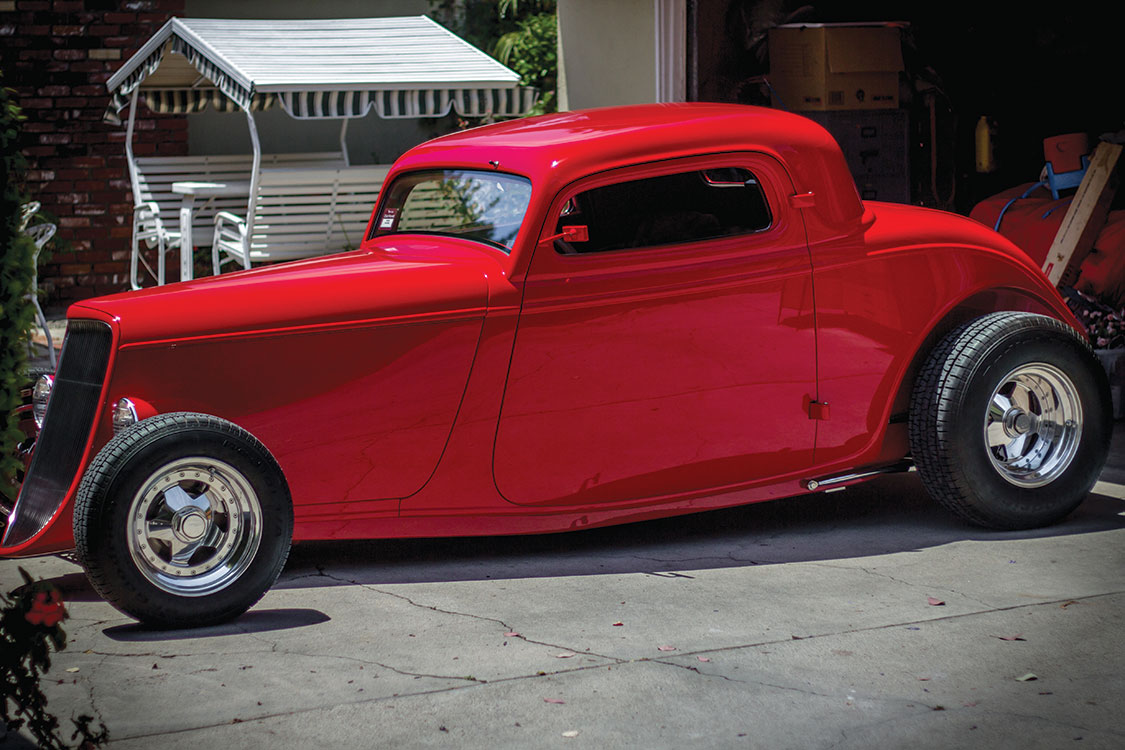
It’s often difficult to pinpoint an exact moment that made a great impact. Usually these milestones happen in the political world or with technological innovations. The custom automotive industry is largely a progressive movement as builders and companies develop and push new ideas. Within the hot rod community, however, there’s an individual car that not only shaped the style of one company, but also set the trend for hot rods and street rods to come for the next decade, and it’s remained timeless. This car also helped make Boyd Coddington and Hot Rods by Boyd a name to be reckoned with in the industry before the television show made him a household name. That car has been dubbed the Vern Luce Coupe after its owner. The ’33 Ford coupe set the stage not only for the sleek, aerodynamic styling that Boyd became known for, it helped birth the billet movement that revolutionized the industry. But let’s start at the very beginning, when Boyd was working on cars in his garage.
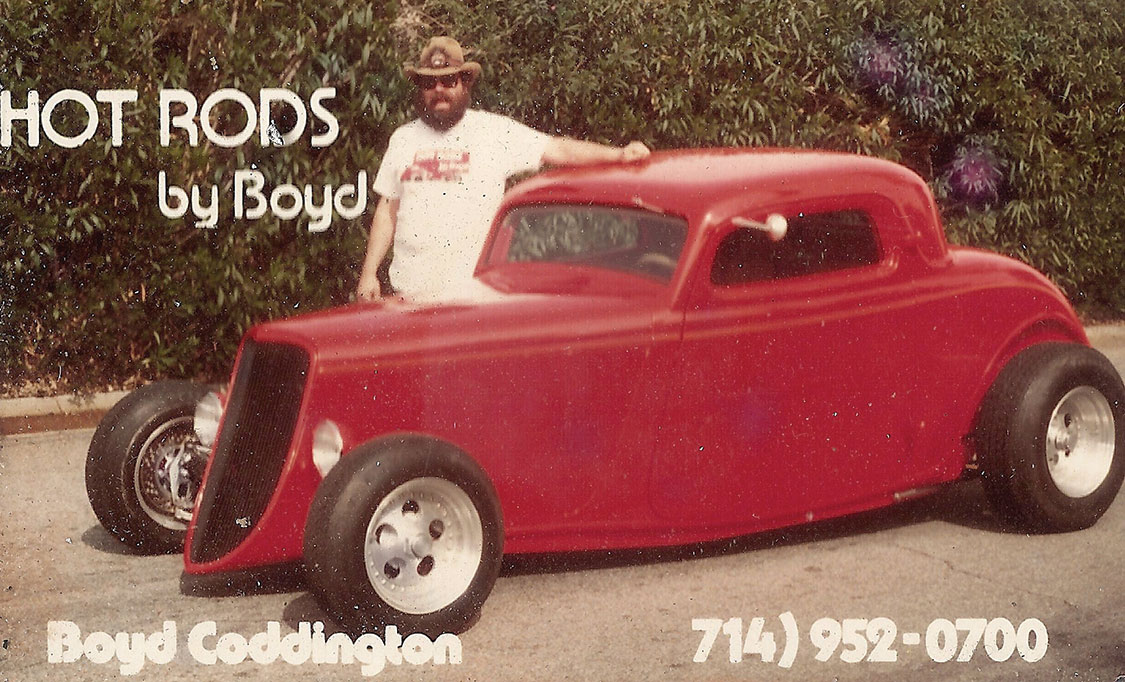
While most may think of Boyd Coddington as the shop owner they saw on the television show American Hot Rod, that was only the last portion of his career. Boyd started tinkering with cars when he was young, building full blown hot rods out of his garage, slowly expanding throughout the years from a home garage to a shop at his home to a small shop and eventually into the compound in La Habra, California, that many saw on television. Boyd helped bring hot rods to the world.
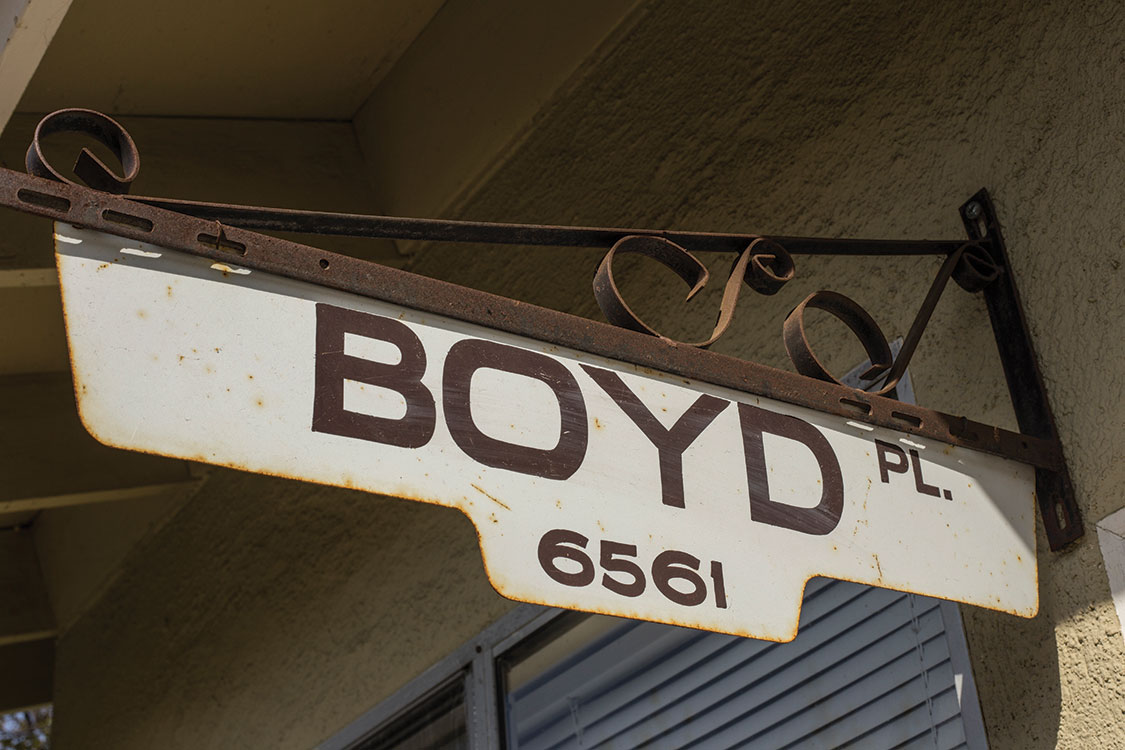
A few years after moving to Southern California, Boyd met his future wife Diane on a blind date, and three months later they were married. At that time, Boyd worked in a machine shop and as his hobby of building hot rods slowly turned into a part-time business, he started working the graveyard shift as a machinist at Disneyland in order to be able to work on the hot rods he loved by day. Diane was a nurse, but as time went on and the hot rod business began to grow, she worked weekends and handled the business side of Hot Rods by Boyd. She also took care of the couple’s three young sons, Boyd Jr., Chris and Gregg. As she puts it, “I followed the elephant in the parade, tiding things up and helping to keep it moving. Boyd became the Paul Revere of the hot rod world and said they couldn’t miss a beat, they had to stay in the public eye and keep building.”
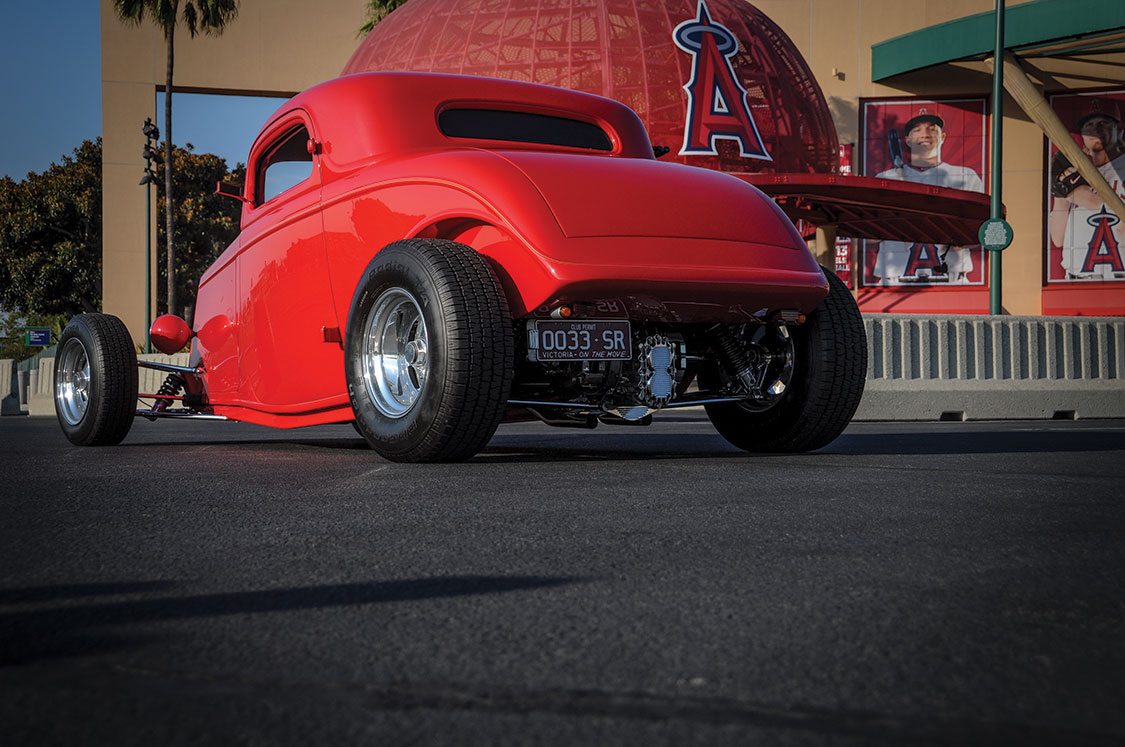
Boyd built one of his first cars, the Tall T, and displayed it at Long Beach with a rustic cowboy-themed display to attract attention. The hay bales did attract attention from the fire marshal and almost got them kicked out. Luckily, they didn’t get booted and the car ended up selling. The money went toward the next build and so on. Soon Boyd realized that he could turn his hobby into a business.
In 1978, the family moved to the Orange Avenue house in Buena Park. Boyd constructed a small 1,000-sq-ft garage in the back to serve as his shop. One day, Boyd said to Diane that he was quitting his part-time job to pursue hot rods full-time. The pair was nervous about the change but felt that not having the crutch of another job would push them to make the business a success. Soon, as the business grew, they moved into a shop in Stanton. But first, the car that would help create the smooth styling, the Boyd look, and help launch his career, the Vern Luce Coupe would have to be built.
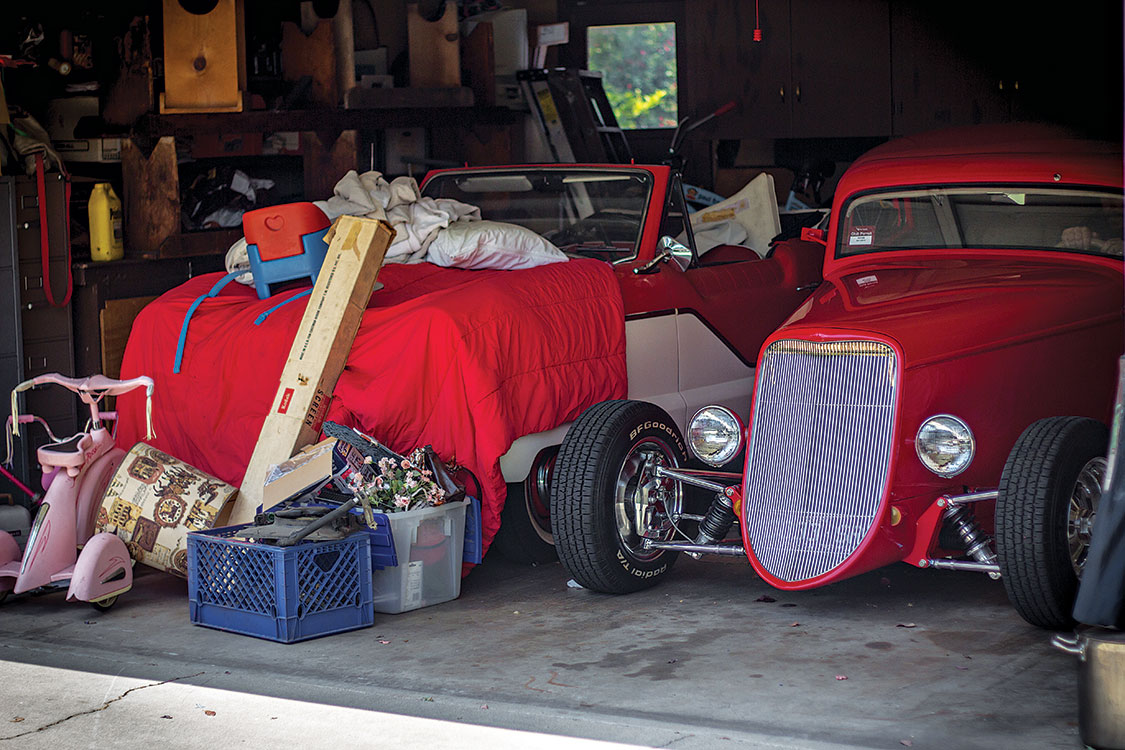
Diane describes Vern Luce as a quiet and shy man who enjoyed hanging around the shop and going to shows as much as the cars themselves. Chris just remembers him as the “candy man” bringing treats every time he visited. He even produced Hot Rods by Boyd lollipops. The Vern Luce Coupe was the first car that Chris remembers. At the time he didn’t know its impact or much about custom cars, he thought everyone had a hot rod shop in their backyard. As he grew up he became more involved in the family business and continues that legacy in that same garage shop with the Hot Rods By Boyd billet wheel company.
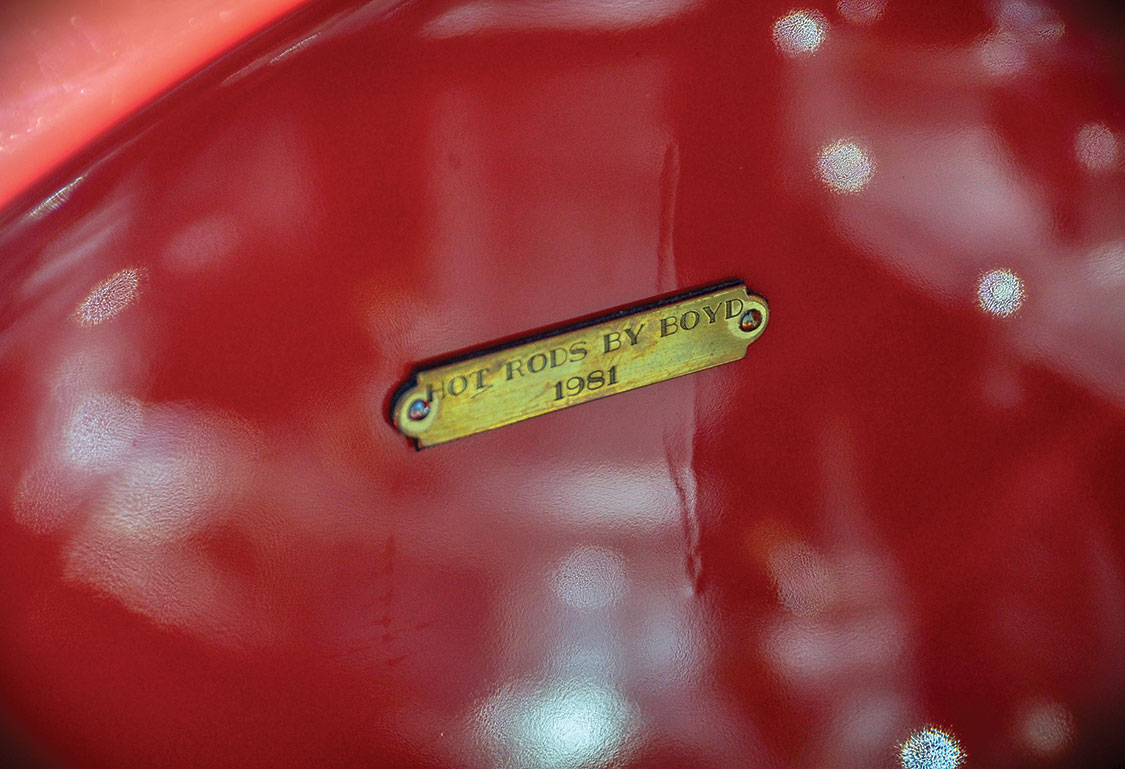
Vern had a ’32 that had been rearended, so he was on the lookout for another car for Boyd to build. Boyd had recently finished the Silver Bullet and planned to debut it at the Oakland Roadster show, but was turned away due to paperwork glitch. He vowed to be back the following year.
Vern and Boyd were close friends, and Vern allowed Boyd a little bit of freedom when it came to the design of the car. Boyd enlisted the help of Thom Taylor, who at the time was still a student at the Art Center College of Design in Pasadena, the same school that would later produce Chip Foose who got his start with Boyd as well. It was 1978 and Thom combined several then-current looks into a sleek package.
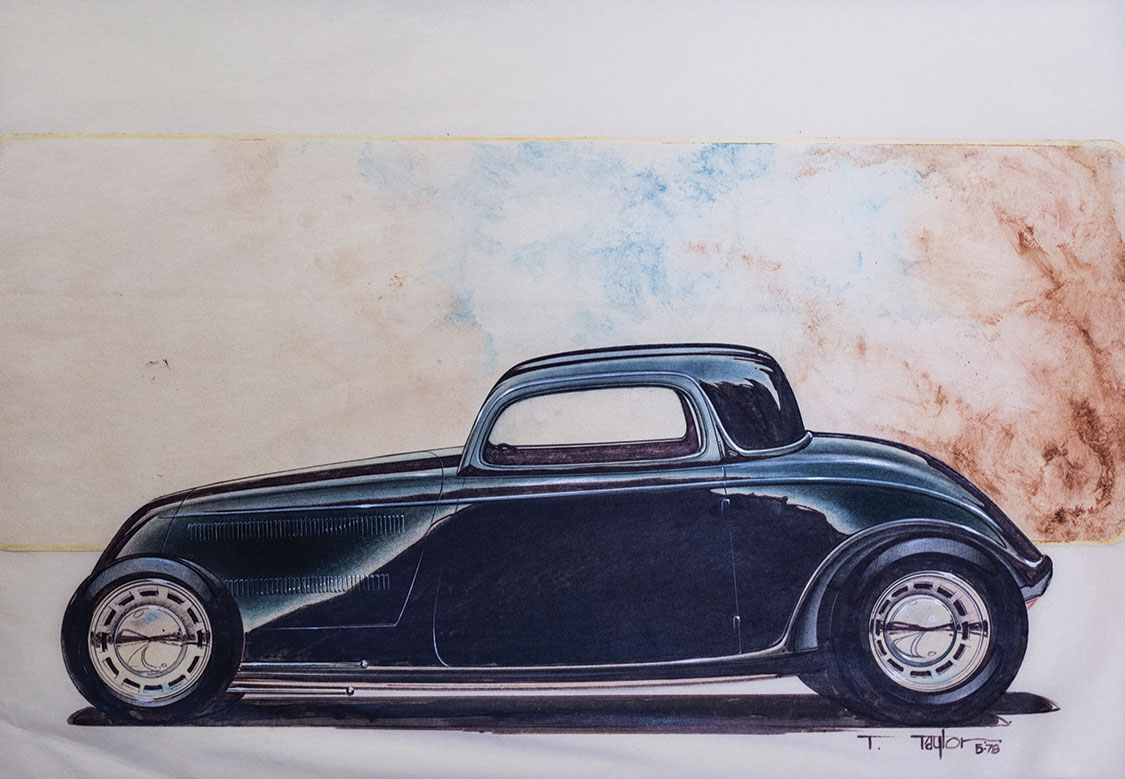
The ’32 Ford coupe and roadster had been icons of the hot rod world for decades. Many wanted to build different body styles, like the ’33 coupe. Thom took inspiration from previous hot rods from Jim “Jake” Jacobs and Jim Ewing. The thought of building a ’33 highboy was unheard of at the time, and Thom wanted to blend the body into the frame. Many of the design ideas were transferred from ’32 Deuces onto the ’33.
Initially, the rendering had a track nose that was later ditched in favor of the original noise that was slanted back to match the chop of the roof completed by Steve Davis and Dan Fink. Thom’s goal was to create a wedge car that flowed together. Both Boyd and Thom believed that if you could start at the back of the car and go forward, nothing should stick out and interrupt your eye. For this to be true, all of the accessories that the kustom era of the ’60s had helped inspire had to be tossed aside.
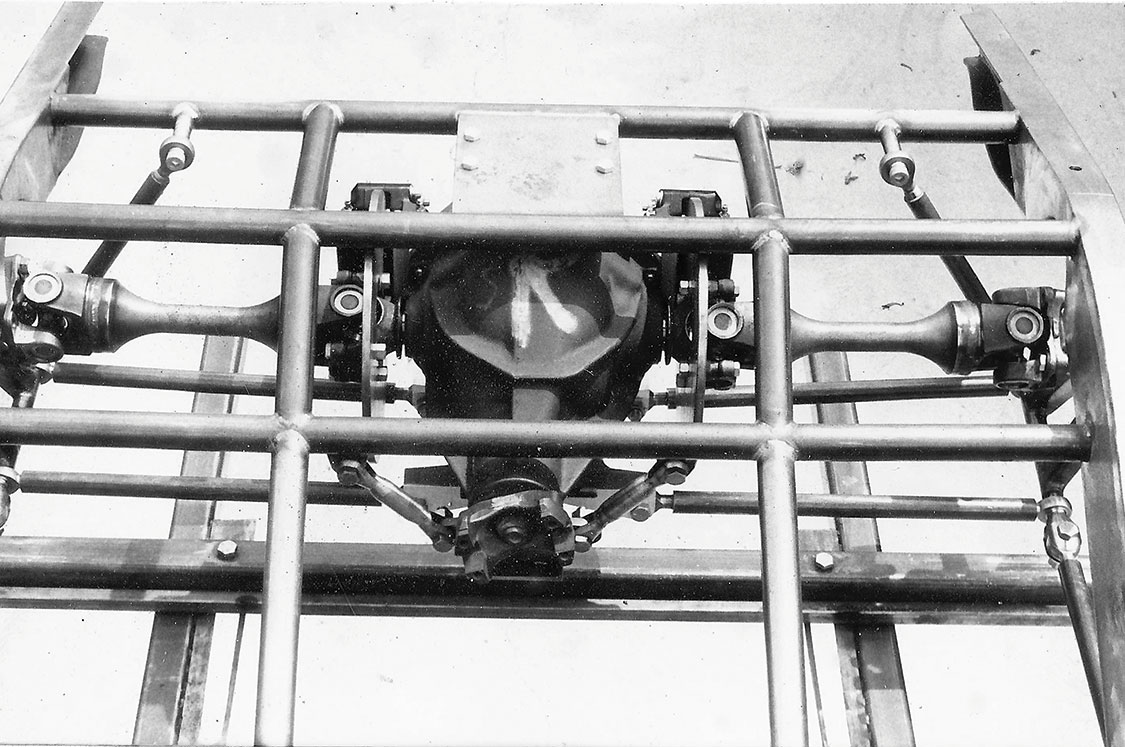
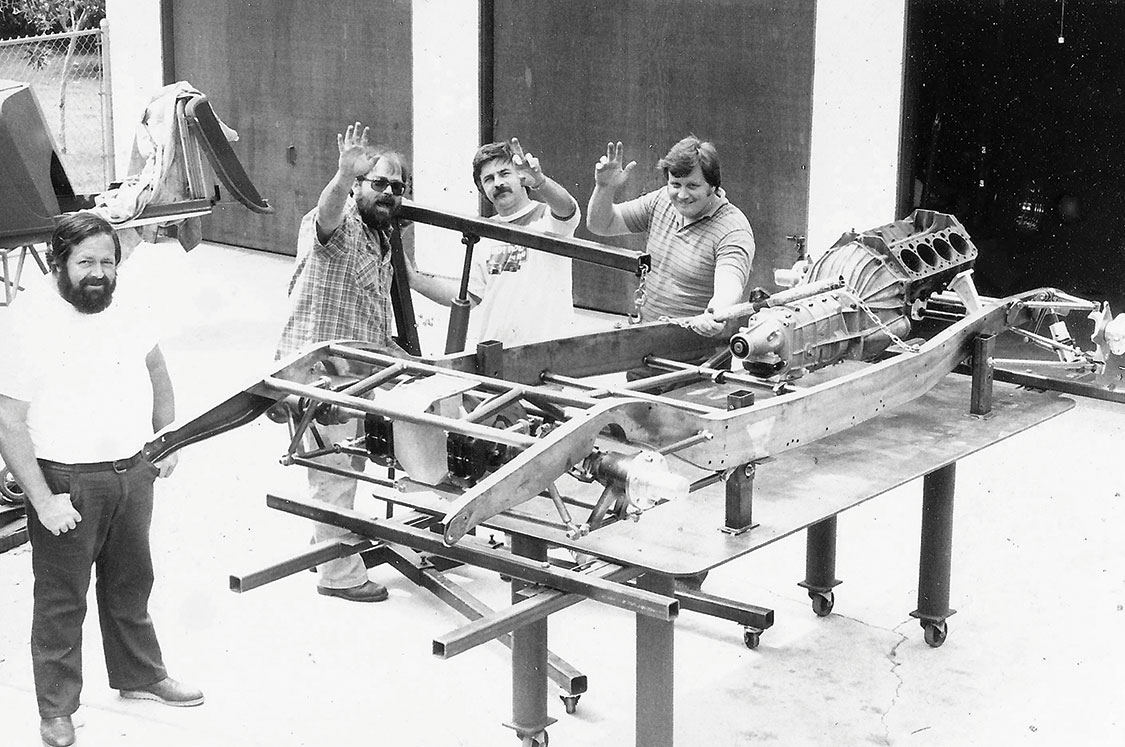
At that time, resto-rod hot rods were popular, but this usually meant that door handles, trim, fenders and emblems remained. With the Vern Luce Coupe, Boyd changed that and helped introduce the smooth-look era of hot rods. The design and planning phase lasted two years, with another two years of work leading to a debut in 1981. Steve Davis, Dan Fink, Bob Bauder, Vic Kitchen and Terry Hegman helped see it become a reality.
Boyd applied his experience as a machinist at Disneyland to his hot rods, and friend Lil’ John Buttera also had several hand-machined parts underway. It all came together on the Vern Luce Coupe. The pair started machining parts simply because few were available. Buttera took Center Line wheel centers and machined them on his lathe, creating a five-hole design and rounded look with true knock-offs. Other billet-machined items created at the time included a dash, valve covers and mirrors. The designs were finalized and came together on the coupe.
The Billet Designs were finalized and came together on the Vern Luce Coupe.”
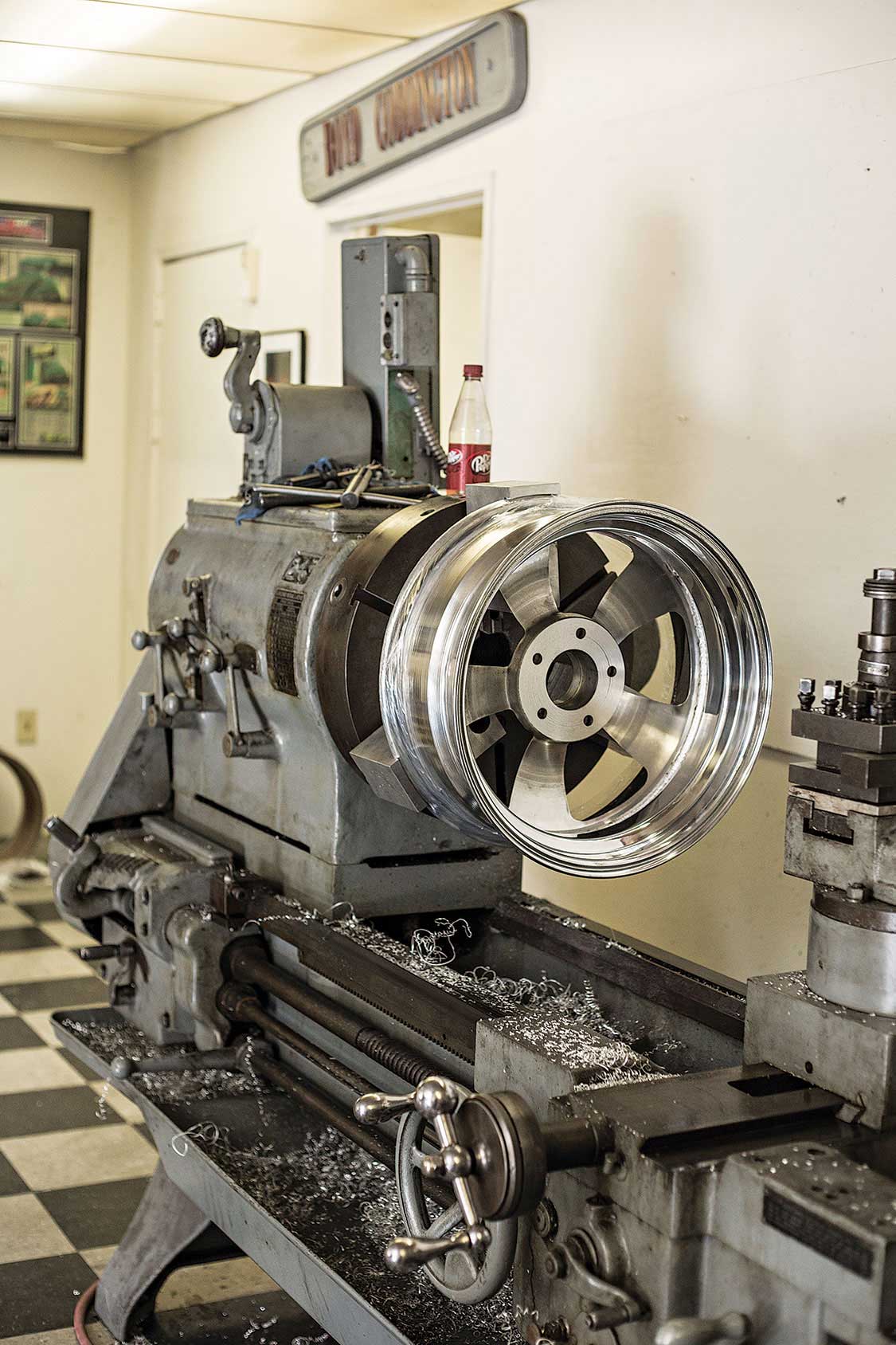
At the time, spoke wire wheels were the most popular for hot rods, until the custom billet wheel came into play. In the first few years, the billet wheels were just part of the hot rod shop, being produced as needed for each build. In 1985, Boyd saw the potential in offering the custom-machined billet wheels to the masses and opened up the wheel side of the business.
The trick suspension featured a then-innovative Independent Front Suspension (IFS) setup that used custom control arms as well as Fiat components and Vega rack-and-pinion steering. This suspension, along with the Art Chrisman engine and a few other detail pieces, actually came from another project that had fallen by the wayside. The sedan that Lil’ John was building sat dormant because the project owner had passed away. Rather than waste the work, he used the components on the coupe for Vern. Lil’ John was Boyd’s mentor and had great artistic vision for new parts and components. Boyd had visions of smooth creations, “like a bar of soap,” he would say. He also had the business mind to help grow not only his company, but also the first billet wheel company.
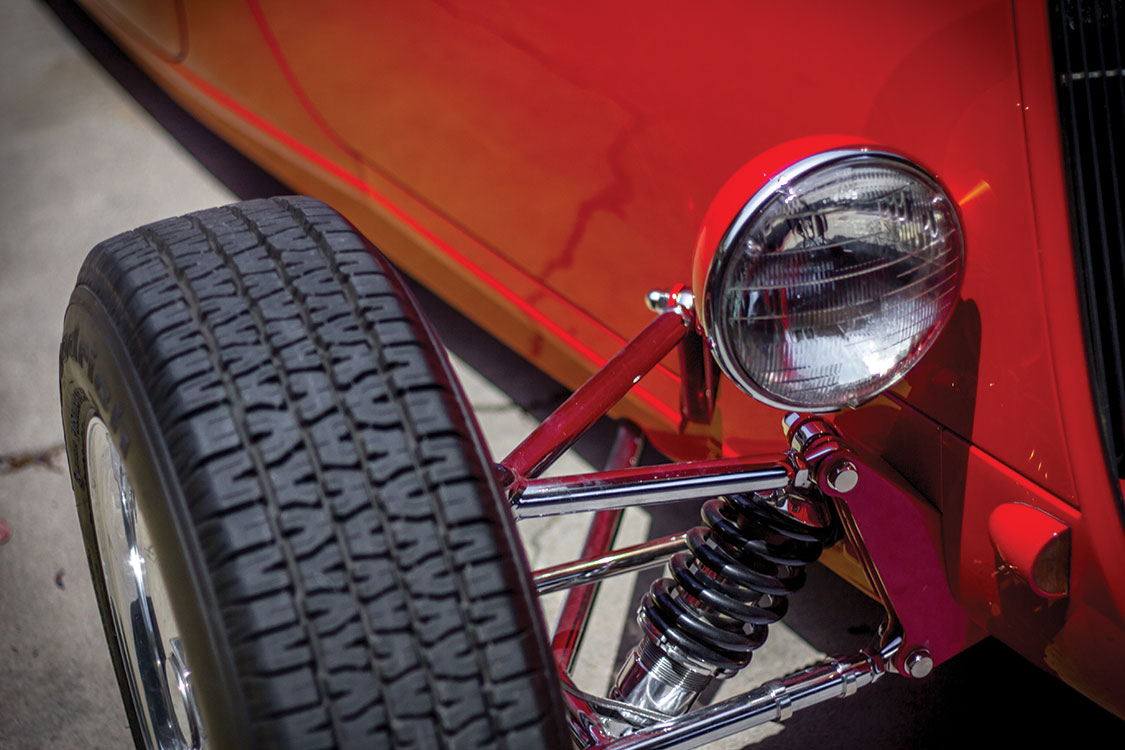
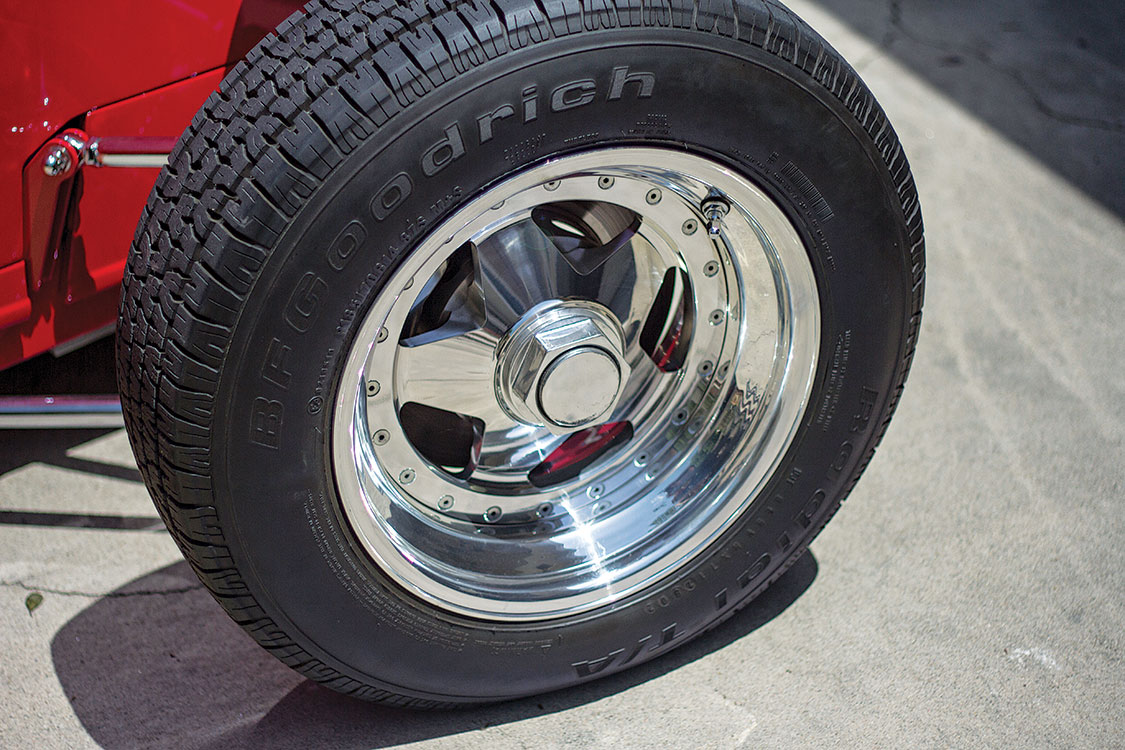
Boyd debuted the coupe at the prestigious Oakland Roadster Show. The innovative work and more modern, sleek styling captured the attention of the judges and spectators. The joke was made that if they cut the roof off they could have won the America’s Most Beautiful Roadster award. While the coupe went untouched, Boyd did try to mimic its styling cues in the next build, Jamie Mussleman’s roadster, which did in fact win the AMBR award the following year. Boyd always said, “No one remembers who won second at the Roadster Show. It’s either Champagne or lemonade.” Boyd took pride in his completed creations and knew he had a winner on his hands if someone “talked to the grille” of the car.
The innovative work and more modern, sleek styling captured the attention of the judges and spectators.”
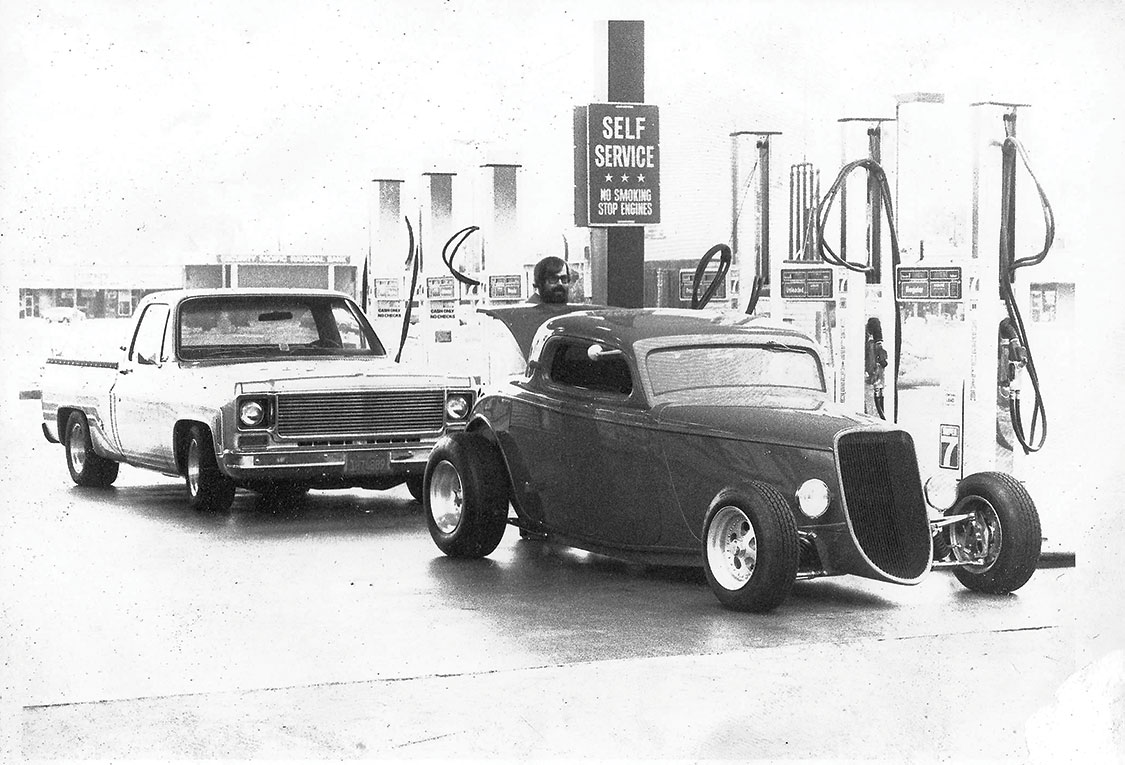
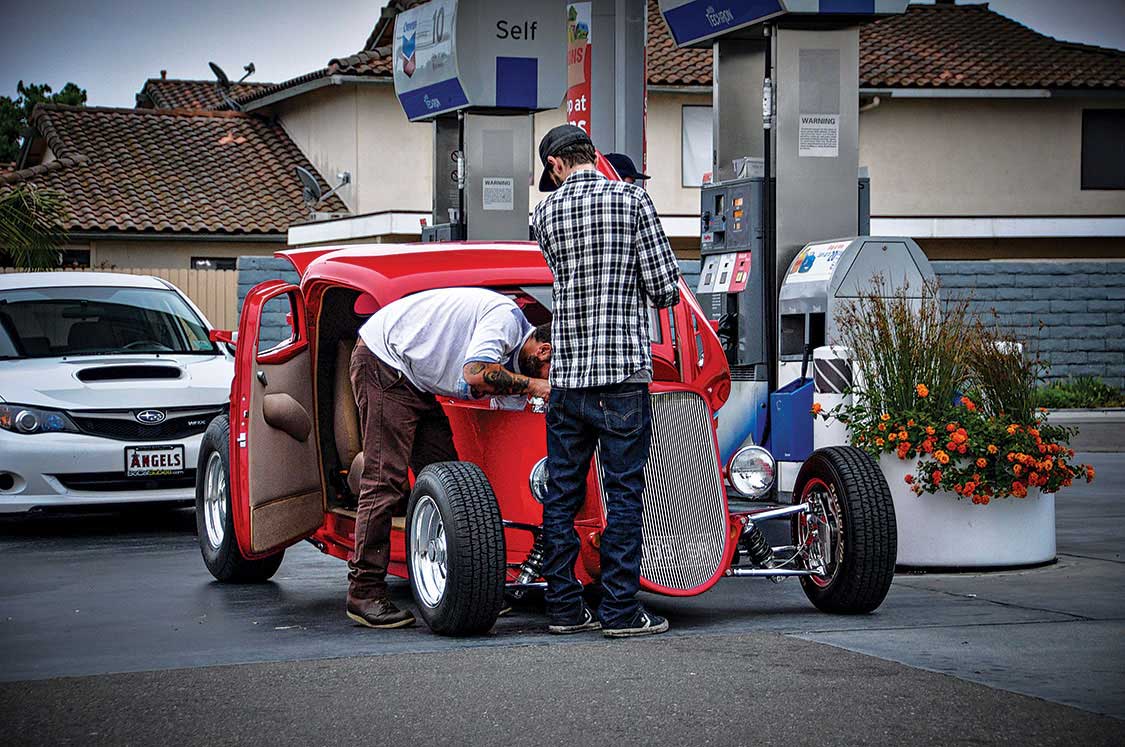
Vern Luce passed away not long after the coupe had its heyday. To match his roadster that was inspired by the coupe, Jamie bought the car and had Boyd do some upgrades throughout the years, including adding newer Star wheels to showcase the fledgling billet wheel company Boyd had launched. Eventually, in 2000, the car found its way into the hands of its current owner, Gary Brown from Australia. Gary had always loved the car for its innovation, historical significance and timeless, clean look, and he’d always dreamed of owning it. One day that dream came true and he bought it, then he spent the next three years restoring the car to its original glory in order to keep its history alive.
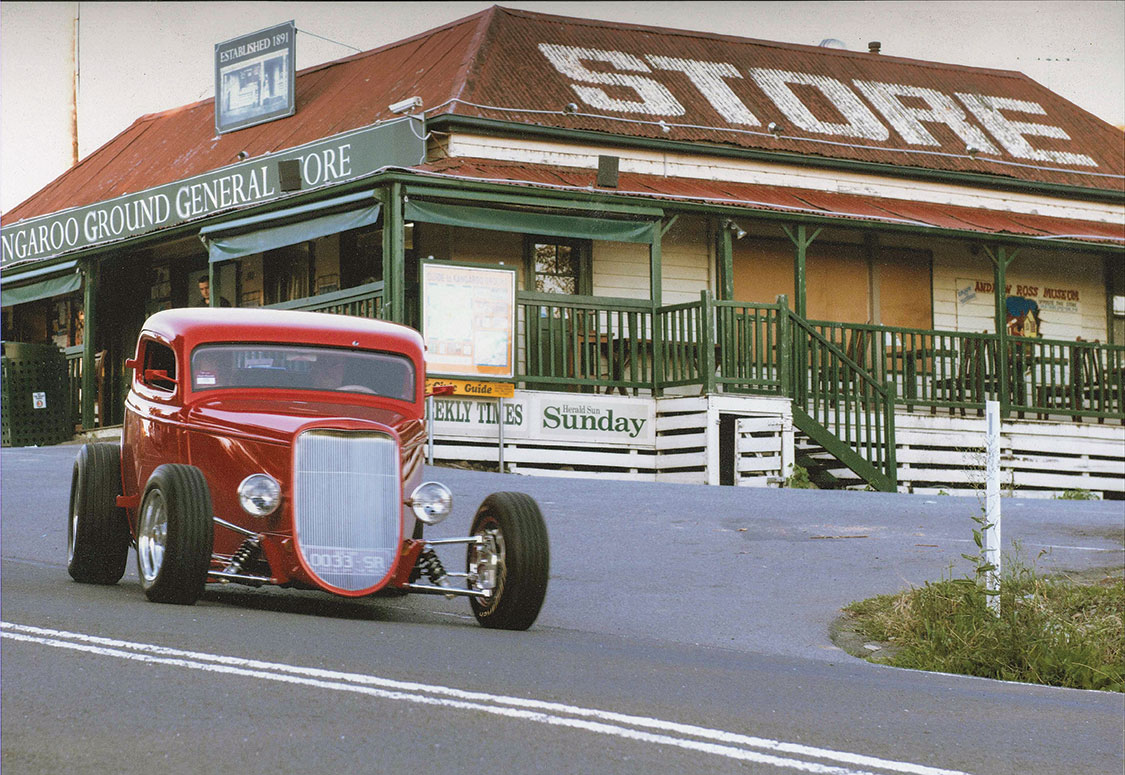
The only differences from the original car are mostly due to Australian road laws because Gary drives the car often. Turn signals were added and the trailer lights were ditched, new mirrors were made and windshield wipers were installed. A set of detachable fenders was made as well in keeping with the laws of the land. He thinks of himself as a caretaker of history rather than a car owner.
Recently, the car was brought over to the U.S. to tour the show circuit with Chris Coddington, who runs Boyd Wheels out of the very same Buena Park garage that was built to kickoff Boyd’s hot rod career. The car’s return helped bridge the hot rodder generation gap, with many reliving the past while the younger generation learned about their roots.
The car’s return helped bridge the hot rodder generation gap, with many reliving the past while the younger generation learned about their roots.”
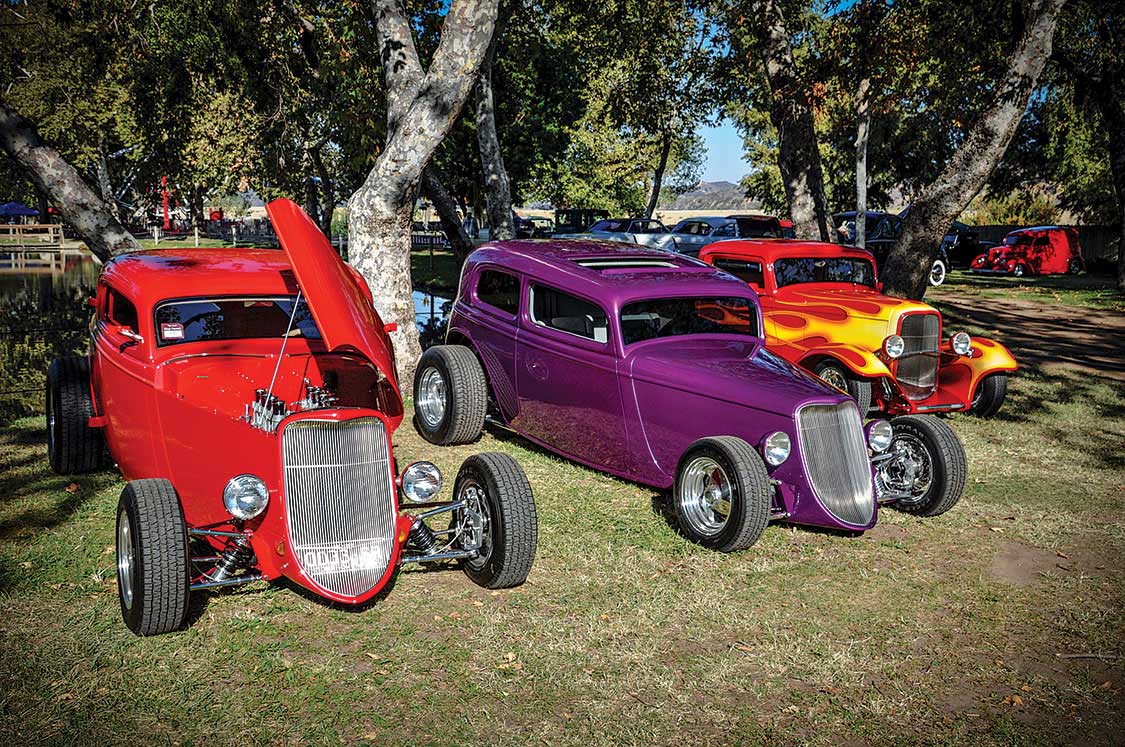
A common joke among former Boyd’s employees is that the shop was sort of a Boyd University. Many workers who got their start at Boyd’s went on to make great accomplishments of their own, including the likes of Chip Foose, Jesse James, Duane Mayer, Charley Hutton, Brad Fanshaw and many more. It was this very car that attracted Duane Mayer, owner of American Hot Rods and Boyd’s shop manager for years, to Boyd’s company in 1986.
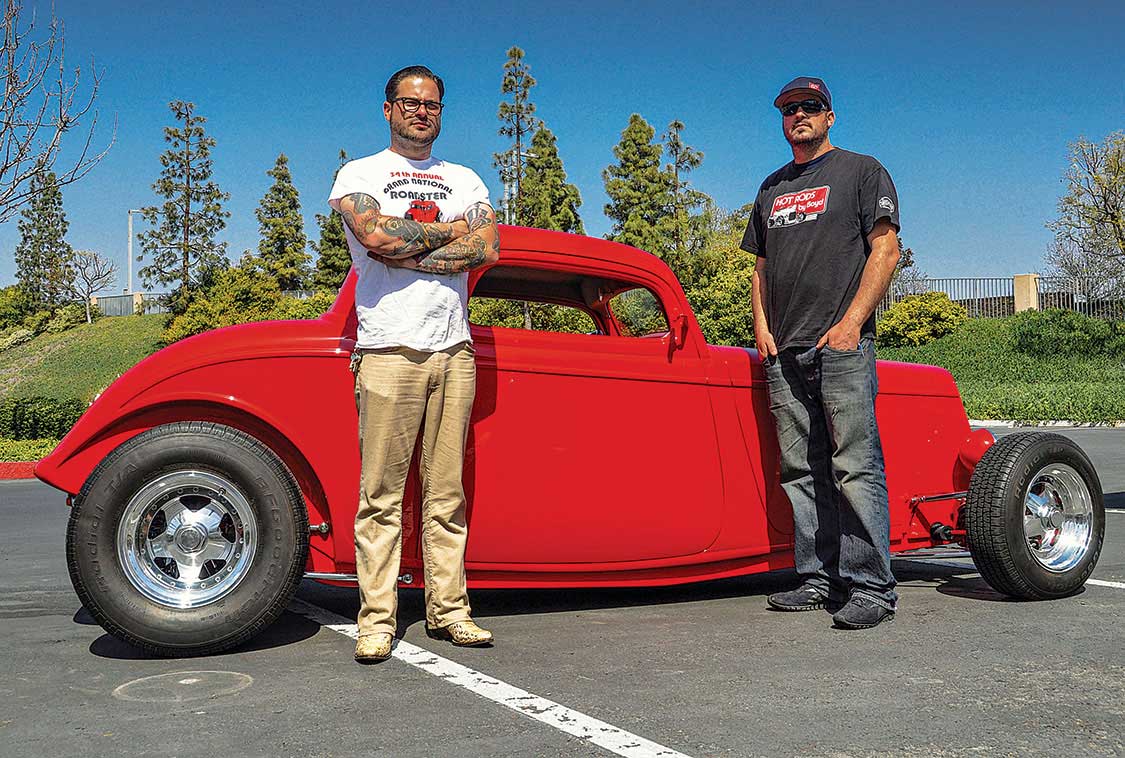
The timing was perfect for the Vern Luce Coupe. The industry was turning a corner and high dollar show cars were storming the scene. The custom-machined parts, timeless design and clean looks helped bring Boyd to the forefront of this era. His vision of hot rodding involved quality showroom pieces, not the dirty hot rodding of the past. The Vern Luce Coupe helped set all of that in motion and define an era of hot rodding that inspired even more builders. The only thing that gives away the date of the build is the older billet wheel design. The car stirs up old memories for many and provides the next generation some insight into the smooth look that helped put Boyd on the map.
A version of this article first appeared in the July-Aug 2014 print issue of Maximum Drive